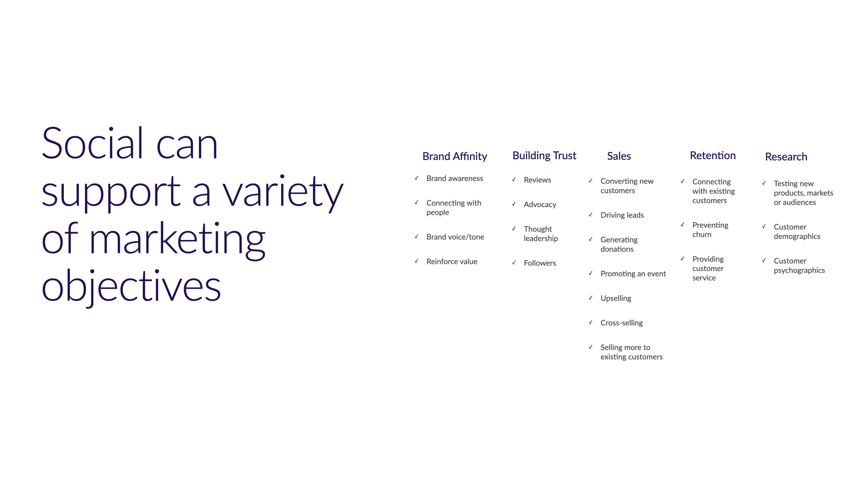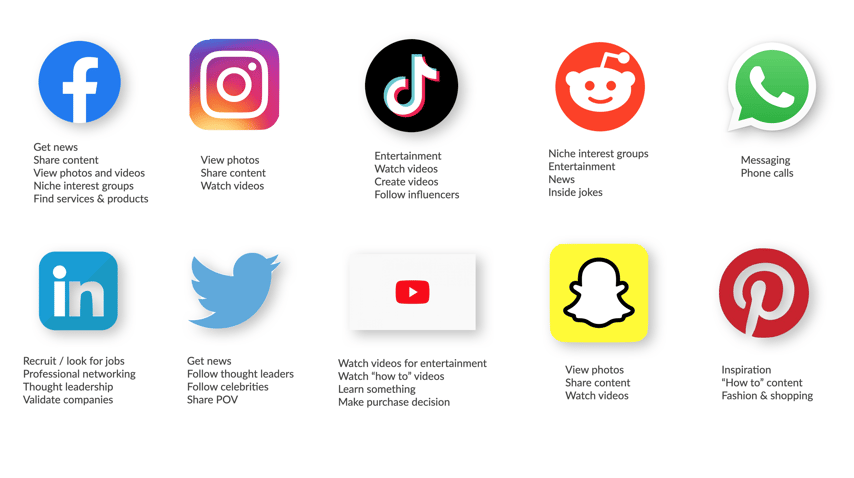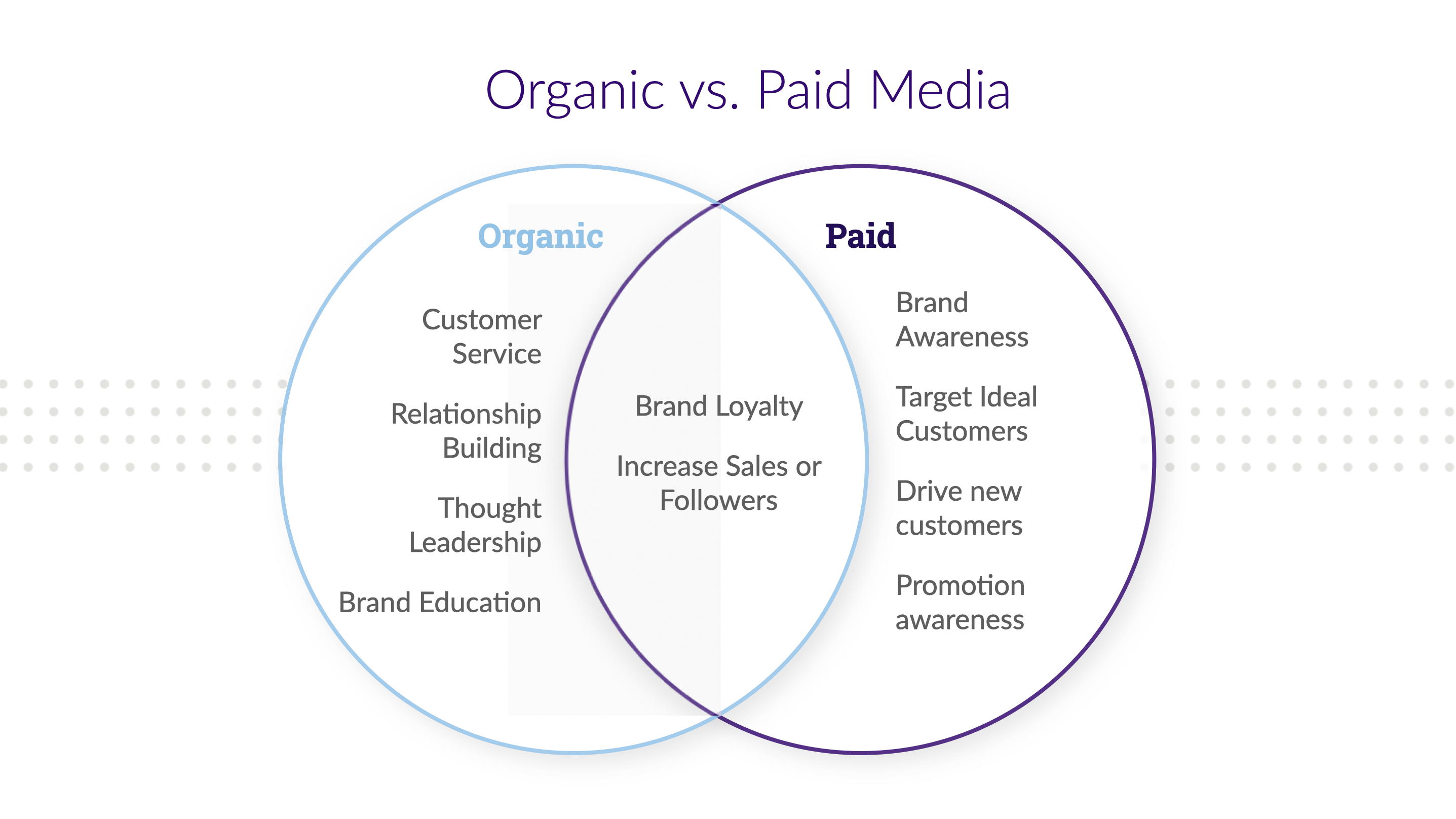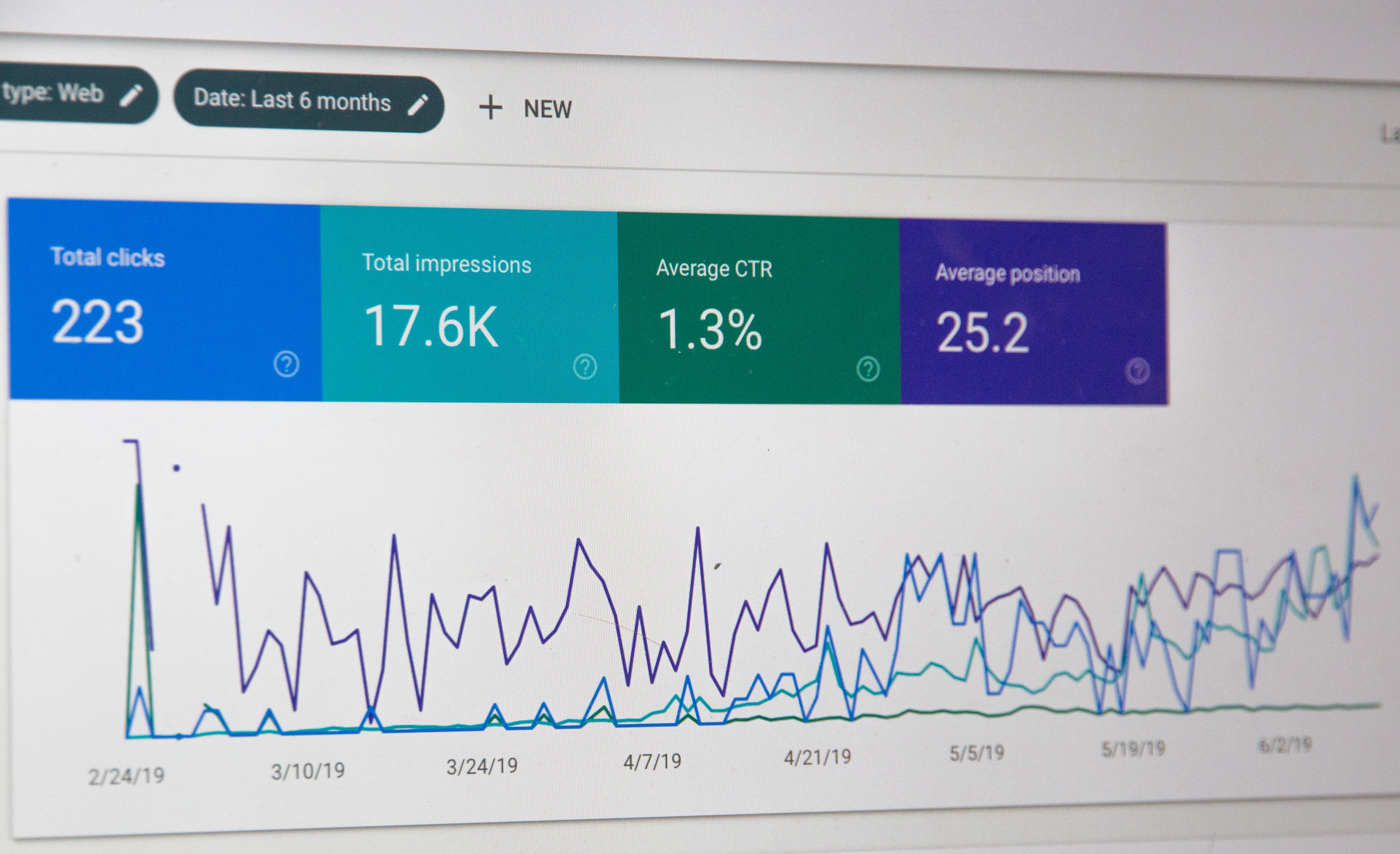Three Mistakes to Avoid in Your Social Media Strategy

Identify and fix these common pitfalls to start optimizing your brand’s social media presence.
Each week, Apple’s screen time report breaks down how users spend time on their phones. If you’re someone who shudders at your copious phone usage, social media is likely to blame. With 71% of consumers reporting higher social media use than ever before, you’re evidently not alone. The pandemic proved that social media is more than a communication channel—people use social media to stay up with brands and purchase products. As such, brands are investing in social media to connect with audiences where they’re already spending time. Brand’s that don’t support their marketing goals with strategic organic and paid social media strategies will be left behind.
As you determine where to concentrate your organic and paid social media budget, we want to help you bypass three common mistakes that prevent brands from succeeding on social.
Mistake 1: Posting Without Having Clearly Defined Goals
The most common social media marketing goals are lifting brand awareness and engaging audiences. But with clear expectations on how to define success, social media can do so much more including build brand affinity, generate sales and improve customer retention and audience research. Understanding which goals are right for your brand will help maximize the value of your social strategy. Measurement will help you justify the time and energy required to win on social. And while it’s important to measure value beyond revenue alone, keep in mind that 89% of consumers will purchase a product or service from a brand they follow on social media, and 84% will choose that brand over a competitor. A successful social media strategy can power revenue growth.

Mistake 2: Sharing Content that Serves the Brand, Not Your Audience
Social media opens a direct line of communication between brands and customers. While many brands seize the opportunity to share information about their values and products, marketers often lose sight of what’s most important—the audience. It’s critical to tailor content so that it aligns with what audiences look for on each platform. While Instagram users enjoy engaging with photos and videos, people turn to Twitter for news and thought leadership. Facebook and Reddit users form groups around niche interests, offering opportunities for brands to serve targeted content to the type of people likely to value it. While you should avoid being overly promotional, it’s also true that 57% of consumers use social media to research products and services. Knowing when and where to promote brand differentiators is key to reaching users with posts that encourage engagement.

Mistake 3: Failing to Invest in Social Media Advertising
You’ve set measurable goals and invested precious time and budget in creating quality content. Now followers and likes will pour in from all directions, right? That’s no longer the case. As platforms adopt a pay-to-play model, brands that don’t invest in paid social will fail to reach the audiences that count. Hootsuite reports that the average reach of an organic Facebook post is 5.2%, meaning that only one in 19 followers will see non-promoted posts. This is why social advertising spend is expected to have nearly doubled from 2018 to 2022, and it’s not just B2C brands that are investing. In the B2B space, social media advertising is used by 83% of marketers and ranks as the second most successful performance channel behind search engine marketing. Paid social helps you reach current and new audiences, and a strong organic presence ensures that when ad campaigns drive new leads to your profile, newcomers find fresh content that validates trust. When combined, organic and paid social work together to build brand loyalty and drive sales.

Brands can’t afford to ignore social media. Your customers are already there, and competitors are capitalizing on the opportunity to reach a captive audience. Successful brands know how to leverage social media for what it is: a strategic channel to amplify a brand’s most important messages. Avoiding these three mistakes helps ensure that organic and paid media efforts support your marketing goals, and empowers you to focus on the metrics that matter.
To learn more about building a social media strategy, read our tips.
